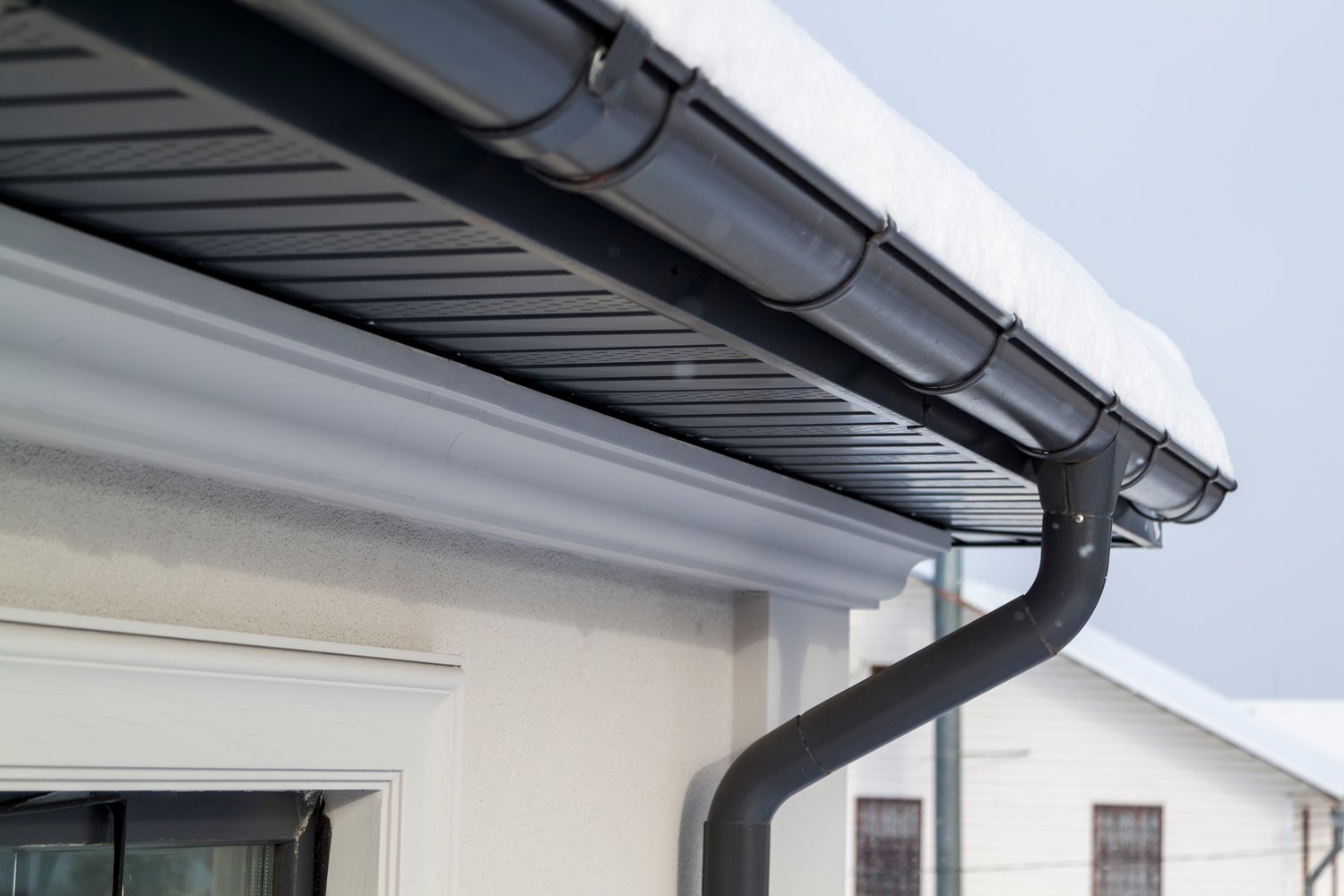In today’s busy world, creating a quiet living space has become increasingly important for maintaining peace of mind and quality of life. Whether you’re dealing with street noise, noisy neighbors, or simply trying to contain sound within specific rooms, soundproofing your home can make a significant difference. This article explores practical techniques and materials for effective acoustic insulation home projects, helping you reduce noise in house environments and create the serene sanctuary you deserve. From simple weekend DIY solutions to more comprehensive approaches, these strategies will guide you toward a noticeably quieter home environment.
Understanding Noise Transmission
Before diving into soundproofing solutions, it’s important to understand how sound travels through your home. Noise typically moves through air gaps, thin walls, windows, doors, ceilings, and floors. There are two main types of noise to address: airborne noise (conversations, television, music) and impact noise (footsteps, dropped items, vibrations). Effective soundproofing home strategies target both types by adding mass to surfaces, damping vibrations, decoupling structures, and filling air gaps. Recognizing which type of noise is causing disruption will help you select the most effective soundproofing approach for your specific situation.
Soundproofing Walls for Maximum Effect
Walls are often the primary conduit for noise between rooms and from outside. To effectively reduce noise in house environments through wall treatment, consider adding mass with additional drywall layers. Specialized acoustic drywall is available, though standard drywall can also be effective when properly installed. For existing walls, adding a second layer of drywall with Green Glue, an acoustic damping compound, between layers can significantly reduce sound transmission. More extensive renovations might involve installing resilient channels before new drywall, which decouples the wall surface from studs and prevents vibration transfer. Filling wall cavities with insulation designed specifically for acoustic purposes rather than thermal insulation will also enhance sound-dampening capabilities.
Window and Door Soundproofing Techniques
Windows and doors are often the weakest links in your home’s sound barrier. For windows, consider installing double or triple-pane glass, which can significantly reduce outdoor noise infiltration. Window inserts or storm windows added to existing windows create an air gap that helps dampen sound. Weatherstripping around window frames and doors seals air gaps that allow noise to enter. For doors, solid core varieties offer much better sound blocking than hollow doors. Door sweeps and perimeter seals eliminate the gaps around doors that readily transmit sound. According to experts at AskHomey, these relatively simple modifications can reduce noise transmission by up to 70% without requiring major structural changes to your home.
Floor and Ceiling Solutions
Footsteps and other impact noises traveling between floors can be particularly disruptive in multi-level homes. For floors, installing carpet with thick padding provides significant noise reduction. If you prefer hard flooring, consider underlayment products specifically designed for acoustic insulation home applications beneath your flooring material. For ceilings, adding a layer of acoustic ceiling tiles or installing a drop ceiling with insulation above can dramatically reduce noise from upper floors. In more extensive renovations, floating floors (which don’t directly contact the subfloor) and resilient channel ceiling systems create decoupled surfaces that minimize vibration transfer and significantly improve acoustic performance.
Practical Accessories for Noise Reduction
Beyond structural modifications, various accessories can help create a quieter living space. Heavy curtains or specialized acoustic curtains absorb sound and reduce echo within rooms while also blocking some outside noise. Bookshelves filled with books make excellent sound absorbers when placed against walls shared with noisy areas. Acoustic panels, which come in various decorative designs, can be strategically placed on walls to reduce reverberation and echo. Furniture placement also matters—placing sofas against shared walls can help block sound transmission. Even simple additions like area rugs on hard floors can significantly reduce noise reflection within rooms, creating a more comfortable acoustic environment.
Sealing Air Gaps and Outlets
One often overlooked aspect of soundproofing involves addressing the small details. Electrical outlets and switches on exterior walls or walls between rooms can create surprising sound leakage points. Special acoustic outlet seals can reduce this transmission. Similarly, ductwork can carry sound throughout a home—installing acoustic liners in ducts or acoustic baffles at strategic points can minimize this effect. Sealing any visible gaps around pipes, vents, or cables that penetrate walls with acoustic caulk creates a more comprehensive sound barrier. These smaller interventions, while sometimes tedious to implement, can make a noticeable difference in your overall soundproofing efforts.
Creating Acoustic Zones
Rather than attempting to soundproof your entire home, consider creating specific acoustic zones for activities that generate or require particular sound conditions. A media room might benefit from more extensive soundproofing to contain movie and music sound. Home offices can be treated to minimize outside distractions. Bedrooms might prioritize peace and quiet for restful sleep. This zoned approach allows you to invest your soundproofing budget where it matters most, gradually improving your home’s overall acoustic performance as time and resources permit.
For more tips and to connect with reliable home service professionals, follow AskHomey on Facebook and Instagram.



